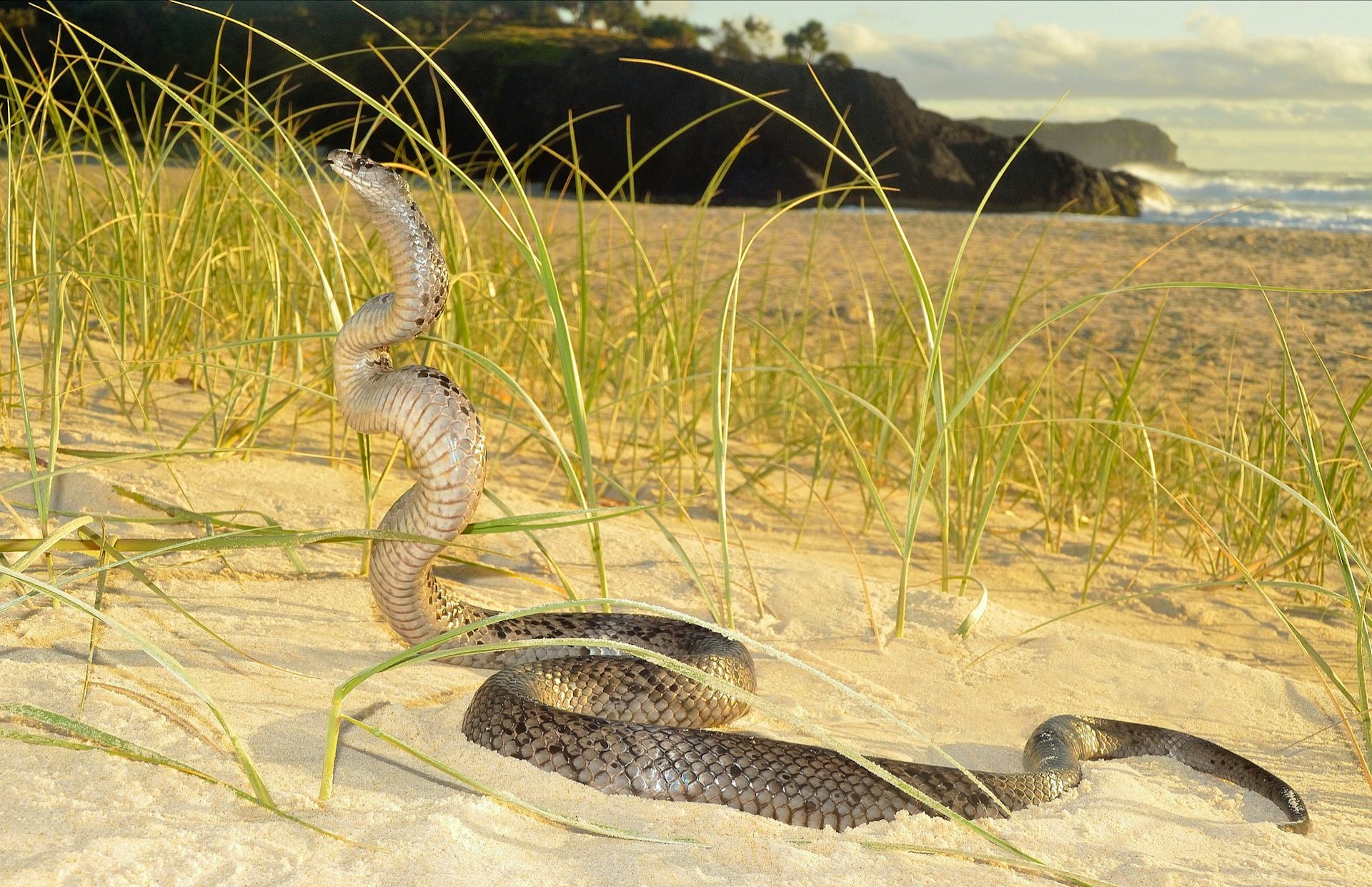Introduction
When it involves poisonous snakes, Australia is home to some of one of the most interesting and harmful varieties in the world. Among these, the Tiger Snake stands apart not just for its powerful venom however additionally for its appealing behavior. Understanding the habits of poisonous snakes like the Tiger Snake is crucial for both wildlife fanatics and those living in locations where these snakes exist. This write-up delves into numerous facets of Tiger Snake habits, environment, identification, precaution, and emergency treatment techniques in instance of a serpent bite.
Understanding the Behavior of Venomous Snakes Like the Tiger Snake
The Tiger Snake, medically called Notechis scutatus, is infamous for its hostile nature when endangered. These serpents exhibit a series of actions that can be quite various from their non-venomous counterparts.
Characteristics of Tiger Snakes
The Tiger Serpent is quickly identifiable because of its distinct bands or stripes that appear like a tiger's markings. They can differ in shade from yellowish-brown to dark olive or black. This coloration serves not only as camouflage however likewise as a warning signal to potential predators.
Adaptability to Environment
One exceptional element of their actions is their adaptability to different settings. Discovered primarily in seaside areas, marshes, and wetlands throughout Australia and Tasmania, they can thrive in varied habitats including urban areas.
Hunting Techniques
Tiger Serpents are ambush killers mainly feeding on fish, frogs, and little mammals. They have eager sight and an intense feeling of scent which helps them in locating prey effectively.
Venom Composition
Their venom has neurotoxins that influence the nervous system, bring about paralysis or death in smaller sized animals. For human beings, prompt clinical interest is vital after a tiger serpent bite because of its potentially dangerous effects.

Natural Habitat of Tiger Snakes
Preferred Locations
Understanding where these snakes reside clarify their behavior patterns. The tiger serpent habitat consists of:
- Coastal regions Swamps Grasslands Urban locations with bountiful water sources
Seasonal Movements
During warmer months, Tiger Snakes are much more energetic as they bask in sunlight or search for food. On the other hand, treat snake bite first aid chillier months see them pulling back right into hibernation sites.
Are Tiger Snakes Venomous?
Yes! The inquiry "are tiger serpents venomous?" frequently arises amongst those not familiar with this varieties. Their venom is thought about among the most dangerous among all snake types worldwide.
Symptoms of a Tiger Serpent Bite
If bitten by a tiger snake, signs and symptoms might consist of:
- Localized pain Swelling at the bite site Nausea and vomiting Sweating and confusion
Immediate medical help is vital as untreated attacks can cause serious health and wellness complications or perhaps death.
First Help for Serpent Bites: Quick Reaction Guide
Knowing exactly how to provide first aid for a snake bite might save a person's life. Right here's what you must do:
Step 1: Continue to be Calm
Keeping tranquility helps slow down heart price which minimizes poison spread.
Step 2: Incapacitate the Impacted Area
Keep the impacted arm or leg still and listed below heart Medical Treatment level if possible.

Step 3: Call Emergency Situation Services
Always look for professional medical help quickly after a snake bite.
First Help for Snake Bite Kit Essentials
A well-appointed snake bite first aid kit need to consist of:
- A compression bandage Antiseptic wipes A pair of scissors A cold pack
Safety Safety measures: Avoiding Snake Bites in Australia
Awareness Programs
Educating neighborhoods concerning neighborhood serpent types and their habits can considerably minimize encounters causing bites.
Avoiding Dangerous Areas
Staying away from long grass throughout warmer months lessens contact with snakes that might be relaxing or hunting.
Common Misunderstandings About Tiger Snakes
Many individuals think misconceptions concerning the behaviors of tiger snakes cause Additional info unnecessary anxiety. Below are some clarifications:

Myth 1: All Tigers Are Aggressive
Not all tiger serpents will certainly show aggressiveness if left uninterrupted; lots of favor taking off as opposed to confrontation.
Myth 2: They Chase Humans
Tiger serpents do not actively chase after people; they might strike when they really feel endangered but will typically retreat if provided space.
Conservation Initiatives Connected to Poisonous Snakes
Conservation initiatives focus on informing neighborhoods about securing regional wild animals while minimizing human-snake interactions.
Importance of Ecosystems
Understanding that venomous snakes play a necessary function in keeping environmental balance helps foster gratitude as opposed to worry in the direction of them.
FAQs Concerning Tiger Snakes
What needs to I do if I experience a tiger snake?- Maintain range and gradually back away without abrupt movements.
- While attacks aren't very usual as a result of recognition initiatives, they still occur yearly within Australia.
- Baby tiger snakes can supply complete dosages of poison in spite of being smaller; thus care is encouraged around them.
- They mainly take in frogs, fish, little mammals like rats, and various other reptiles.
- It's prohibited in most jurisdictions without appropriate licensing as a result of security problems concerning their venom.
- Wear sturdy boots and stay on significant tracks; appearance before placing hands or feet into hidden rooms like rocks or logs.
Conclusion
Understanding the actions of poisonous serpents like the Tiger Snake not just improves our understanding yet also advertises safety and security recognition among those living near their environments. From acknowledging their qualities, recognizing emergency treatment protocols complying with a bite, with involving conservation efforts-- every facet plays a crucial function in fostering conjunction with these fascinating reptiles while respecting their place within our ecosystem.
As we deepen our understanding with education and experience, we contribute positively toward ensuring both human safety and wild animals preservation-- profiting all events involved!